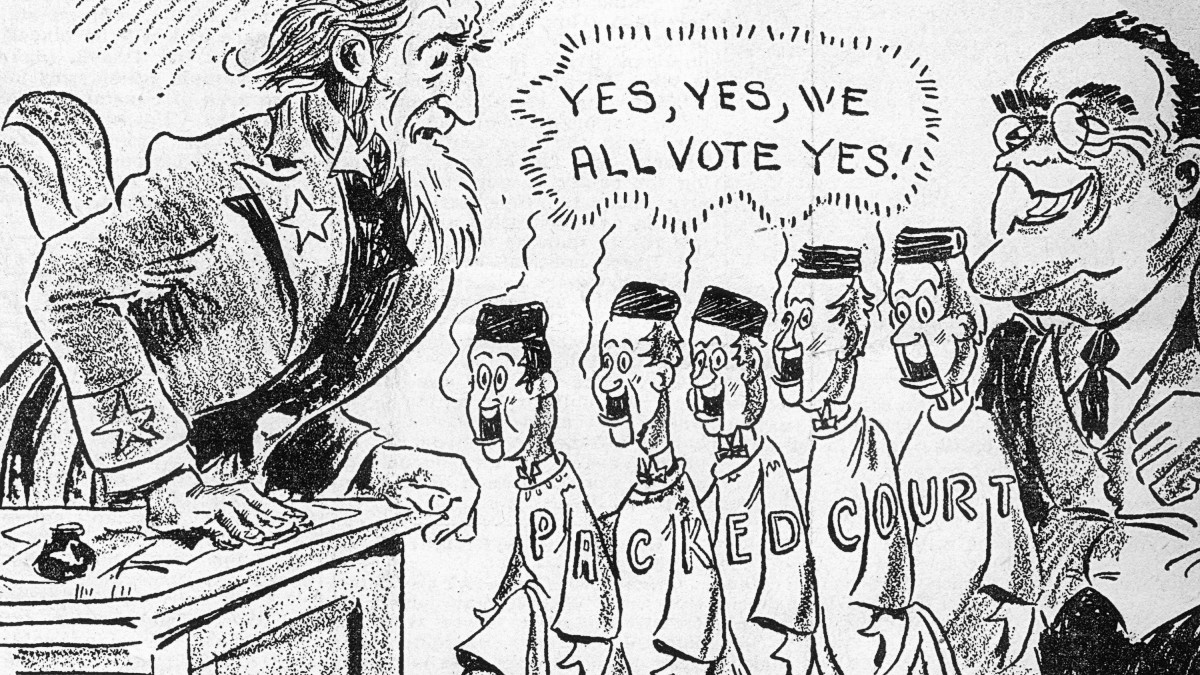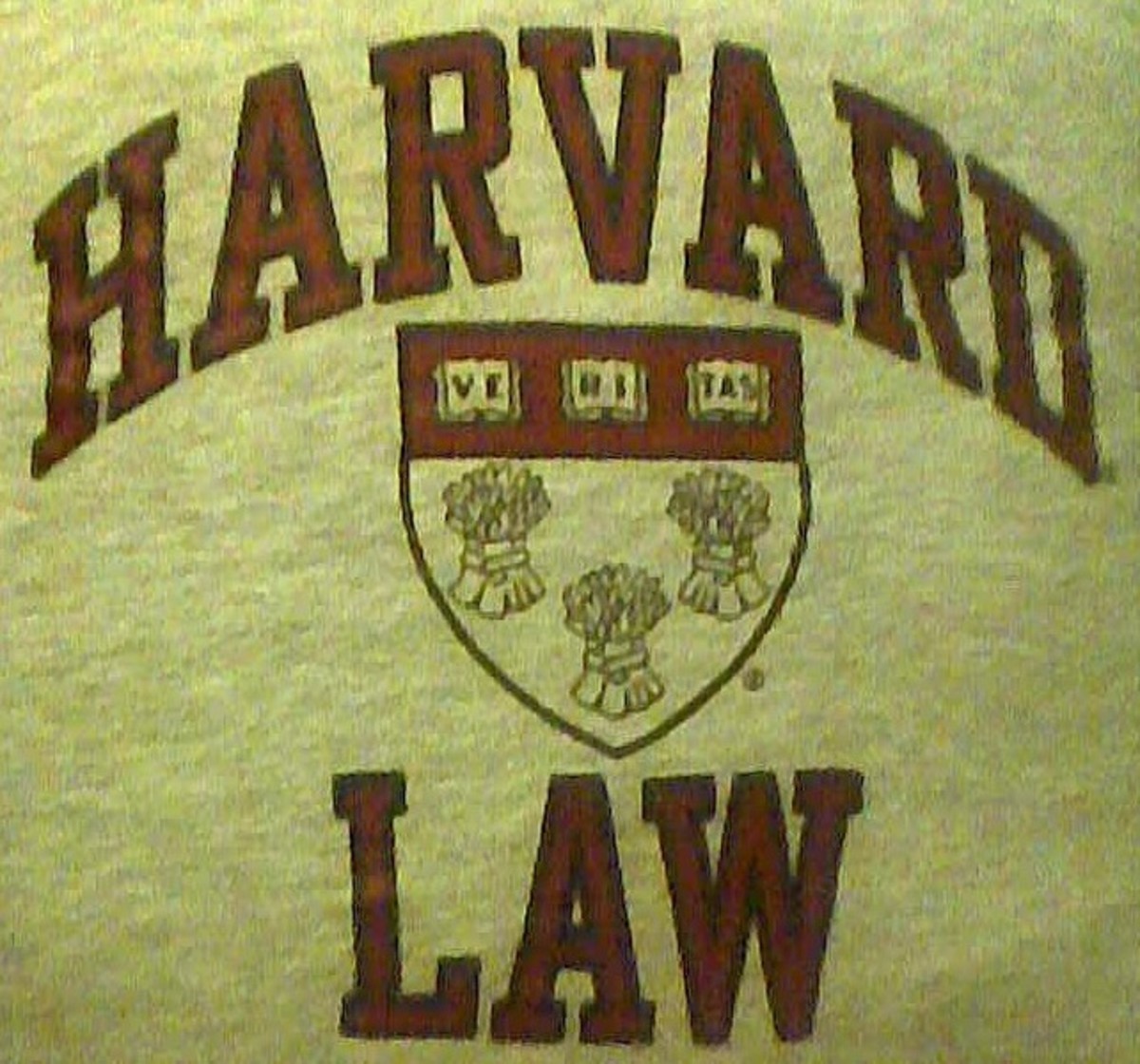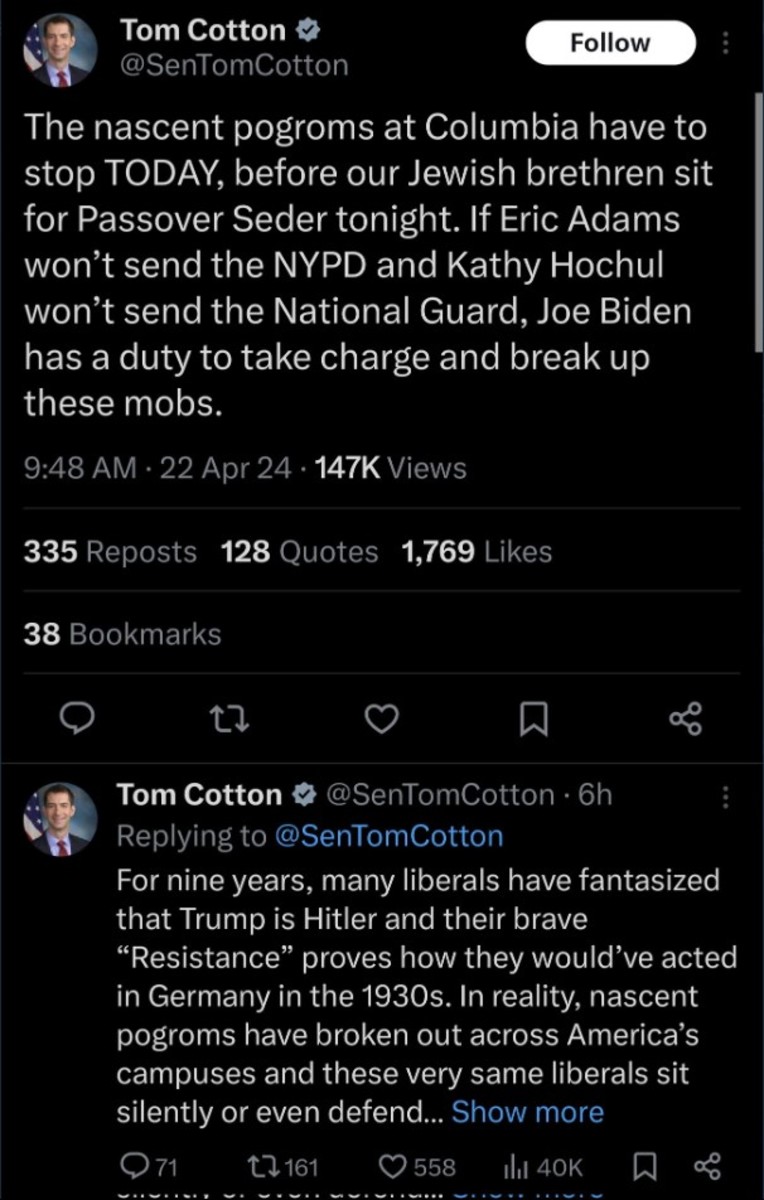The Supreme Court of the United States of America. Citizens Really Should Know These Basics.
Pretty impressive looking building
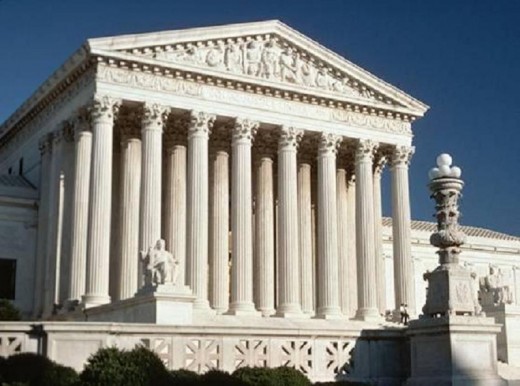
Who are the Justices? Can you name 5? Do you know why 5 is important?
There are nine justices on the Supreme Court of the United States (herein after called SCOTUS) So the reason 5 is important as that will be a majority and that is how decisions are determined on SCOTUS. They vote on a matter in front of them and the majority opinion is the decision of the court.
There is a Chief Justice but he only gets on one vote, although he can control things much more than other justices. I use “he” because like the president of the United States there has never been a woman hold that position – yet!
Just like in politics and the citizenry there are conservative and liberal justices. And Just like in politics and the citizenry there are different types of those. Usually it has to do with how the interpret the constitution of the United States. Strict constructionist are generally called conservative and those with an expansive and adaptive interpretation are generally called conservative.
So yes it is not SCOTUS’s job to try the facts of cases. But to interpret all things needing a determination of what the constitution requires.
In many ways man cannot pass judgment, in some ways he can.
Now the who:
(if you want to get more in depth, and we hope so visit: http://www.supremecourt.gov/ which is hereby credited with much of this information)
John G. Roberts, Jr., Chief Justice of the United States,
was born in Buffalo, New York, January 27, 1955. He married Jane Marie Sullivan in 1996 and they have two children - Josephine and John. He received an A.B. from Harvard College in 1976 and a J.D. from Harvard Law School in 1979.
Antonin Scalia, Associate Justice,
was born in Trenton, New Jersey, March 11, 1936. He married Maureen McCarthy and has nine children - Ann Forrest, Eugene, John Francis, Catherine Elisabeth, Mary Clare, Paul David, Matthew, Christopher James, and Margaret Jane. He received his A.B. from Georgetown University and the University of Fribourg, Switzerland, and his LL.B. from Harvard Law School.
Anthony M. Kennedy, Associate Justice,
was born in Sacramento, California, July 23, 1936. He married Mary Davis and has three children. He received his B.A. from Stanford University and the London School of Economics, and his LL.B. from Harvard Law School.
Clarence Thomas, Associate Justice,
was born in the Pin Point community of Georgia near Savannah June 23, 1948. He married Virginia Lamp in 1987 and has one child, Jamal Adeen, by a previous marriage. He attended Conception Seminary and received an A.B., cum laude, from Holy Cross College, and a J.D. from Yale Law School in 1974.
Ruth Bader Ginsburg, Associate Justice,
was born in Brooklyn, New York, March 15, 1933. She married Martin D. Ginsburg in 1954, and has a daughter, Jane, and a son, James. She received her B.A. from Cornell University, attended Harvard Law School, and received her LL.B. from Columbia Law School.
Stephen G. Breyer, Associate Justice,
was born in San Francisco, California, August 15, 1938. He married Joanna Hare in 1967, and has three children - Chloe, Nell, and Michael. He received an A.B. from Stanford University, a B.A. from Magdalen College, Oxford, and an LL.B. from Harvard Law School.
Samuel Anthony Alito, Jr., Associate Justice,
was born in Trenton, New Jersey, April 1, 1950. He married Martha-Ann Bomgardner in 1985, and has two children - Philip and Laura. He served as a law clerk for Leonard I. Garth of the United States Court of Appeals for the Third Circuit from 1976–1977.
Sonia Sotomayor, Associate Justice,
was born in Bronx, New York, on June 25, 1954. She earned a B.A. in 1976 from Princeton University, graduating summa cum laude and receiving the university's highest academic honor. In 1979, she earned a J.D. from Yale Law School.
Elena Kagan, Associate Justice,
was born in New York, New York, on April 28, 1960. She received an A.B. from Princeton in 1981, an M. Phil. from Oxford in 1983, and a J.D. from Harvard Law School in 1986.
Interesting to note how much Harvard influences our constitutional rights. Also interesting that Alito does not list his undergraduate and law school. Interesting to note that a short 30 something years ago we got our first lady justice and now there are 3. The youngest is about 54 and the second youngest being about 59 is the Chief Justice. In general one should note that Yale and Harvard are conservative compared with other Ivy League schools, Yale a little more liberal in administrative doctrine and Harvard a little more liberal in constructionism.
Kind of serious looking group.
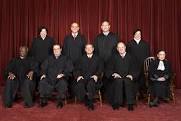
Would you like to work with this crew?
It is one of those jobs we will criticize but no way do it?
Why do we have a Supreme Court?
(I must admit I stole the following paragraph in its entirety)
“ARTICLE III SECTION 1. The judicial power of the United States, shall be vested in one Supreme Court, and in such inferior courts as the Congress may from time to time ordain and establish. The judges, both of the supreme and inferior courts, shall hold their offices during good behaviour, and shall, at stated times, receive for their services, a compensation, which shall not be diminished during their continuance in office.”
It is interesting to note that there is no mention that we need a judiciary independent of the executive here. It just assumes that fact, as we think we all should. Remember at the time most courts were “King’s” Courts and not independent at all. So in the enabling language there is no mention of separation between executive and judiciary. It was just assumed.
The next paragraph makes clear some very pertinent ideas: SECTION 2.
The judicial power shall extend to all cases, in law and equity, arising under this Constitution, the laws of the United States, and treaties made, or which shall be made, under their authority;--to all cases affecting ambassadors, other public ministers and consuls;--to all cases of admiralty and maritime jurisdiction;--to controversies to which the United States shall be a party;--to controversies between two or more states;--between a state and citizens of another state;--between citizens of different states;--between citizens of the same state claiming lands under grants of different states, and between a state, or the citizens thereof, and foreign states, citizens or subjects.
So this was what the Supreme court was given the power to adjudicate. It is often referred to as the jurisdiction and is more often used to deny hearing a matter than to reach out and interfere. Remember in our legal system parties bring actions not the judiciary – thank you very much TJ.
Hallowed Halls
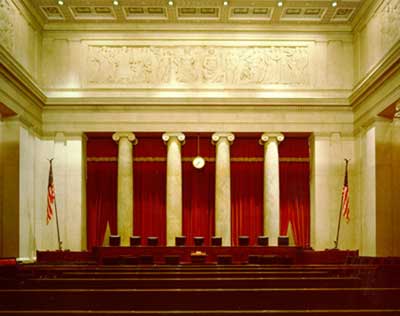
Concluding remarks:
Yes the make up of our courts are very important and that is why we have the great “confirmation battles”. Democrats want one kind of Justice and Republicans a different kind. And as is clear from above the Justices long outlast any administration of the executive or legislative branches of government.
Let us be clear, a Justice does not meddle in people’s lives. They have huge impact on lives but that is not what they are interested in. They are interested in the law of the land. Laws have to match up with the constitution and if they do not for any reason they normally are struck down – actually 95% not even written although maybe considered because popular.
Separation between church and state via the crosses on public lands cases are good to look at if you want to learn more. But look at like 3 or 4 of them because they seldom have to do with separation they have to do with if the parties got the case to SCOTUS properly. The same goes for right to bear arms. Procedure is paramount so that all parties have a right to be heard and only those parties.
No doubt we have the finest constitution with the finest legal minds interpreting the world has ever known.
We hope this was not too long and boring perhaps we will do follow-ups, but I hope now you have at least a framework.



